What types are there?
According to the installation method, there are 3 options for accessories.
- Wall Clock in the interior - classics of the genre. They come in different sizes: from very compact, usually hanging above the desk, to large, taking up half walls above the sofa or a bed.
- Floor standing... Large clocks in the interior do not have to be hung on the wall. They can stand on the floor - but it should be noted that the model will take up more space than the previous ones. The dial is located in the upper part, a clock mechanism with a pendulum is usually installed at the bottom, or space is left for small shelves, a bar, flower stands.
- Tabletop... They are distinguished from wall-mounted ones by the installation method and size. Tabletop, as the name implies, are placed on tables, cabinets, dressers, shelves - therefore, they should be compact enough. If it's an alarm clock, size doesn't matter. In the case of using them as decor - choose such dimensions so that the time can be seen from the farthest point of the room.
By the device of the mechanism is distinguished 2 variants of clocks in the interior:
- Mechanical... They require regular manual winding and are powered by a spiral. Those old cuckoo houses.
- Quartz... They use the energy of electrical impulses: they work from a battery or an outlet. Almost all modern models of small and large clocks are in the interior.
Where to hang the clock?
While the desktop needs a suitable surface, and the floor clocks fit harmoniously only into spacious rooms, wall clocks are suitable for absolutely all rooms.
Hours in living room interior - most appropriate. There is a temptation to take their place above the sofa, but then you will not be able to see the time being in the room. From this point of view, the best place for a clock in a living room interior is opposite the seat... For example, above the TV.
Another good option is a clock above the fireplace in the interior of a private house.
In the kitchen recommended hang over the dining room table or take free space for them above working area... The chronometers above the refrigerator look appropriate, but the room should be large enough to still see the time.
Hours in bedroom interior should be as quiet as possible: no audible movement of the second, minute hands. Otherwise, sleep problems may arise. The wall clock looks great over headboard, but it is better to give preference to compact alarm clocks on bedside tables.
A place where you can't do without a clock in the interior - corridor... For those who do not like to be late, preferring to keep track of the time they leave home, this is a functional addition to the design. An interesting version of the clock in the hallway is the “railway station” double-sided model, decorated with a forged bracket.
Timing in the nursery is no less important, especially for schoolchildren: so that the child does everything on time, get him a personal bright wall clock. You can make a watch for a nursery yourself together with your baby or invite him to choose the option he likes.
Preschoolers will love special colorful models with a schedule: instead of numbers on the dial, visual pictures of what exactly the child should be doing at a given moment.For example, sleep, swim, eat, play.
The photo shows a bright watch in the nursery
How to match for different styles?
To make the clock look appropriate in the interior, they are selected for the functionality of the room and the style of decoration.
Adherents classic style prefer one of two things: wooden floor, decorated with carved elements or metal wall. Classic wall clocks in the interior are considered to be round, with Roman numerals, without unnecessary decor.
Modern direction dictates its own style rules: the choice is made between large clocks in the interior or minimalistic ones - with Arabic numerals, straight hands, a case without decorations. Or unusual: without numbers on the cut of a tree, on a leather suspension-belt, in the form of a sun with the finest rays.
The photo shows an example of a wall model in minimalism style
Hi-tech style, traditionally - the connection of glass and metal. This pattern can also be traced in chronometers: they may not even have a case, being attached directly to the wall. The second feature is manufacturability. In addition to showing the time, they are supplemented with the functions of showing the temperature, humidity in the room, weather forecast, connecting to a smartphone, and a motion sensor.
Minimalist furnishings dictates the rejection of excesses, therefore, only the minute, hour hands, some divisions (from 4 to 12) are left in the clockwork. The second hand, numbers, and other details are removed as unnecessary. The design should be concise.
IN loft style original chronometers are used as the main decoration idea. Models with open gears in the steampunk style, a lamp clock in a retro style, a combination of wood, metal (iron, bronze, copper), concrete will ideally fit here.
How do they look in the interior?
To make the accessory look appropriate in any style, room, follow the simple tips of the designers:
- Push off the wall... On an empty surface, neutral wallpaper, bright models are suitable, on accent - calm classics.
- Place at the correct height... A level just above the eyes is considered comfortable. For people of average height ~ 170 cm from the floor is suitable.
In the photo there is an electronic clock with a calendar
- Evaluate a typical scenario when entering a room... What do you do in the room, where you sit or stand, from where it will be convenient to watch the time. It is more logical to choose the location of the clock based on this knowledge, and not wanting to occupy an empty wall.
The photo shows the correct size and location of the kitchen clock
- Assess the proportionality... A small model will get lost on the wall in a spacious living room, and too large will look comical in small kitchen.
In the photo there is a triple dial above dresser in the bedroom
Finally, one more tip - when buying an interior clock, keep in mind: you will have to look at them every day. Therefore, first of all, you should like them! And after that, match the style, design and functionality of the room.

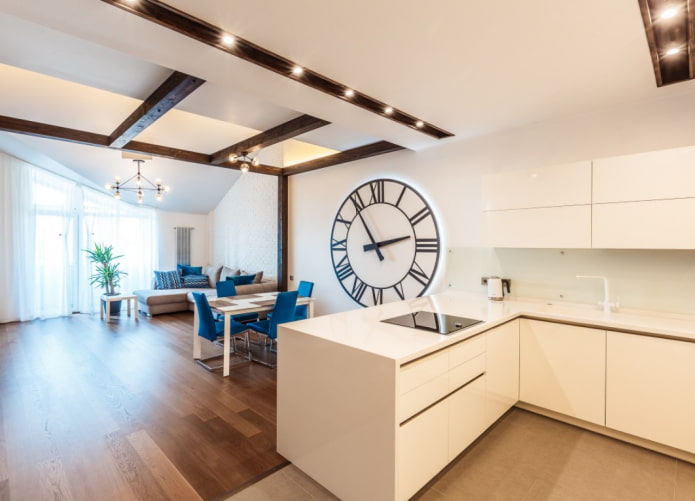
 10 practical tips for arranging a small kitchen in the country
10 practical tips for arranging a small kitchen in the country
 12 simple ideas for a small garden that will make it visually spacious
12 simple ideas for a small garden that will make it visually spacious

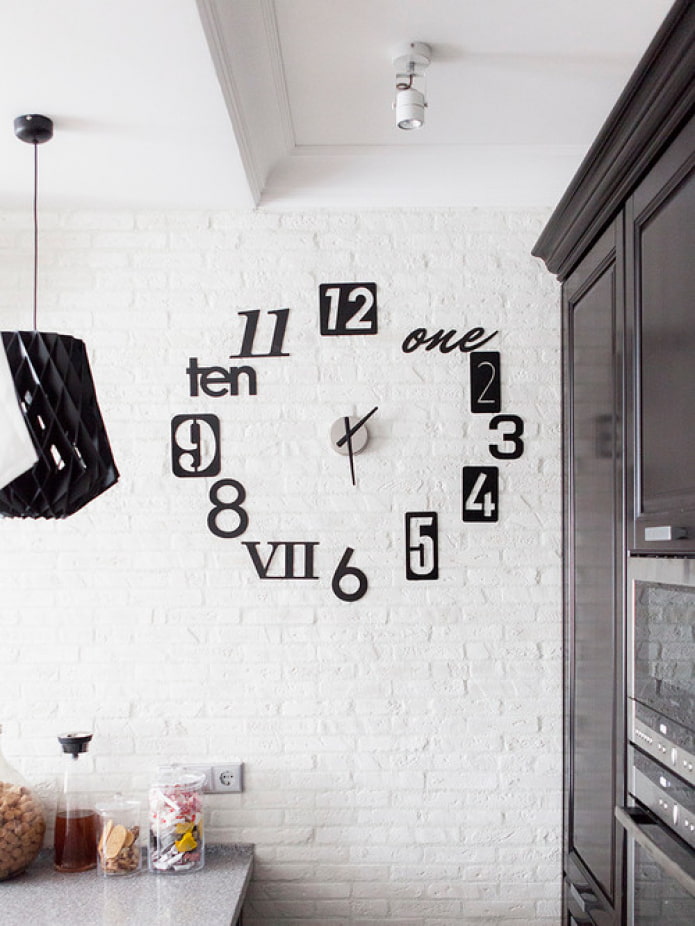
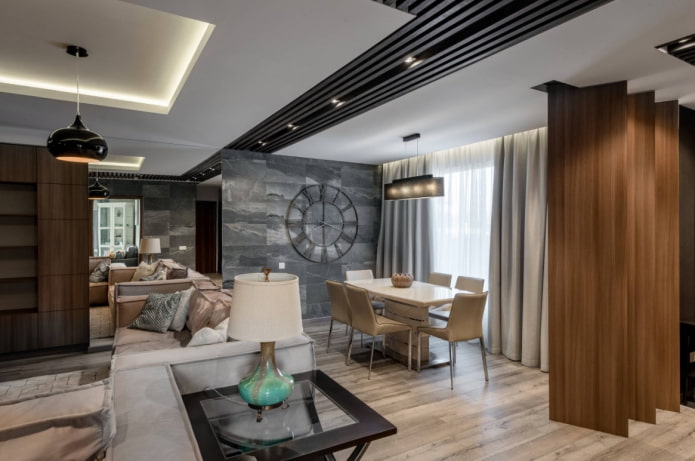

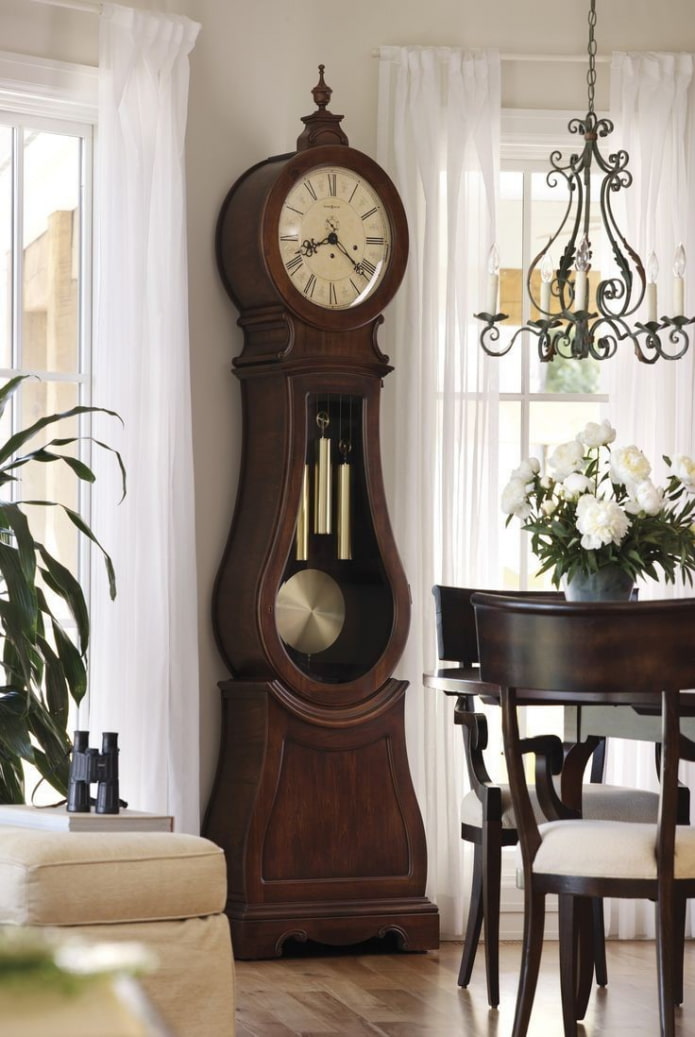


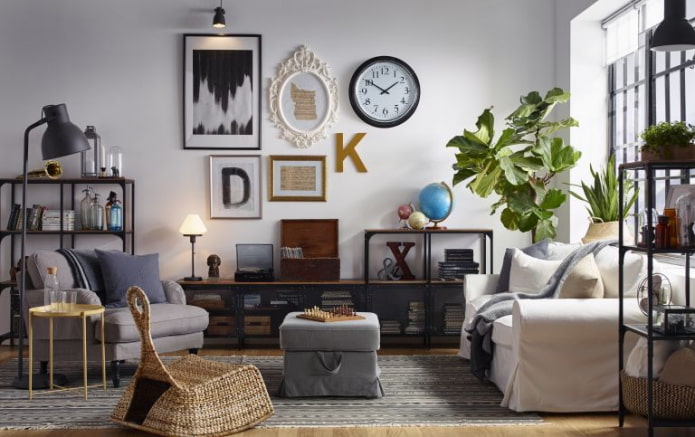

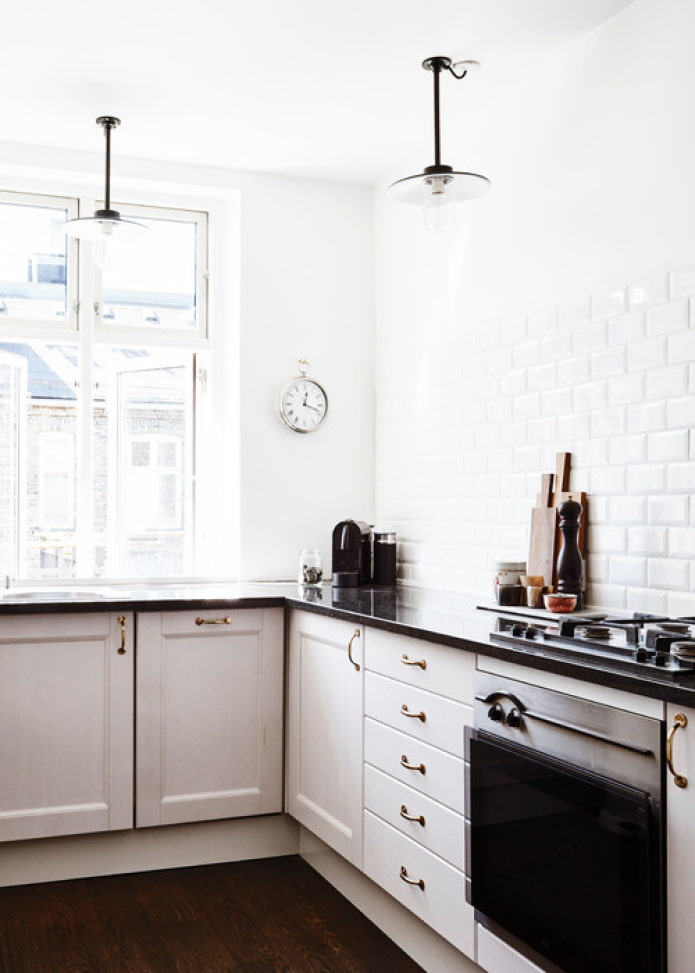
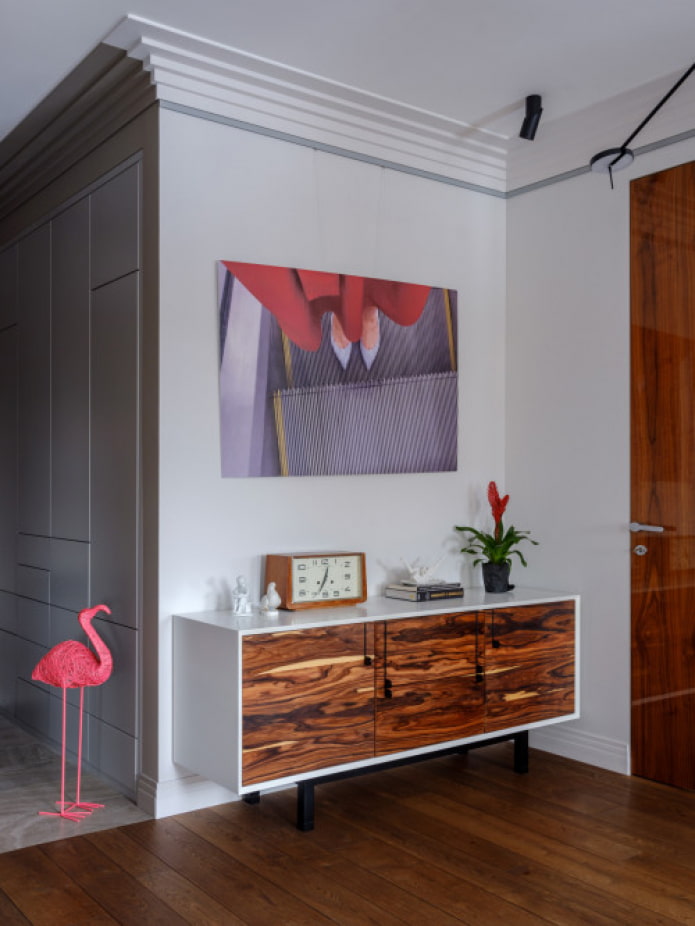
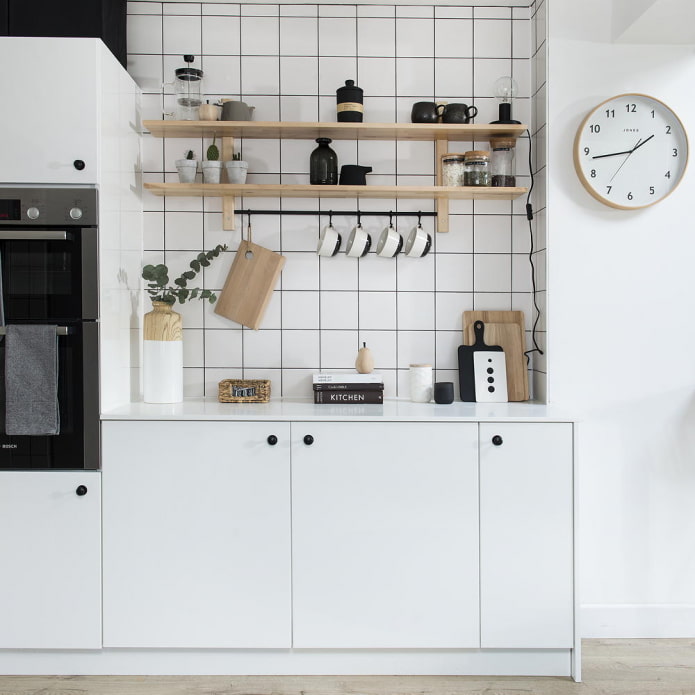


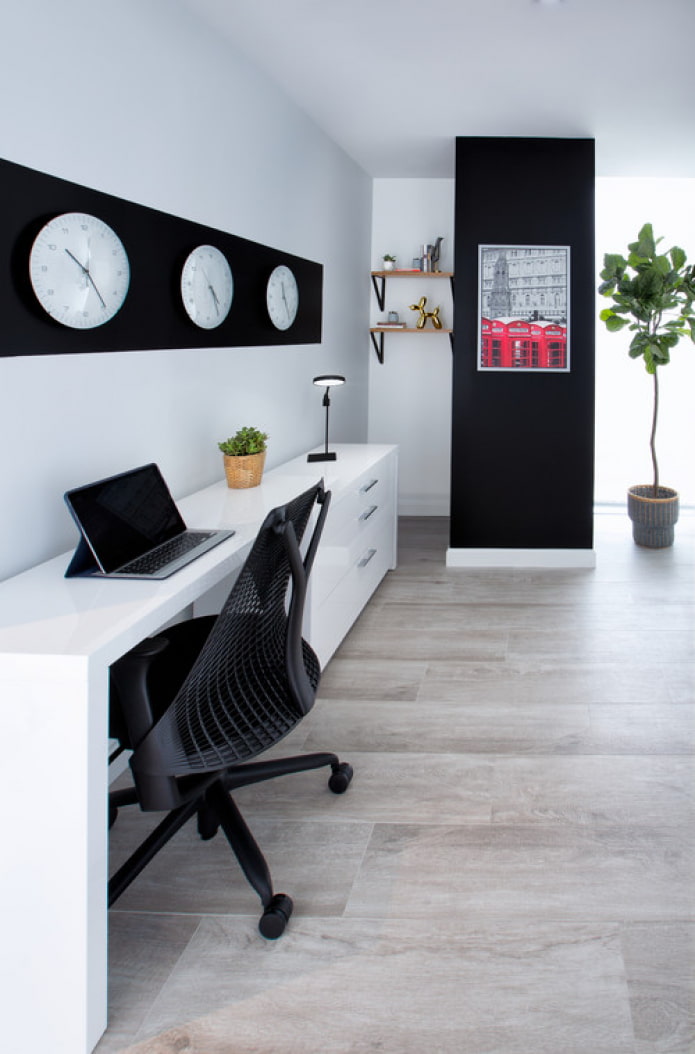
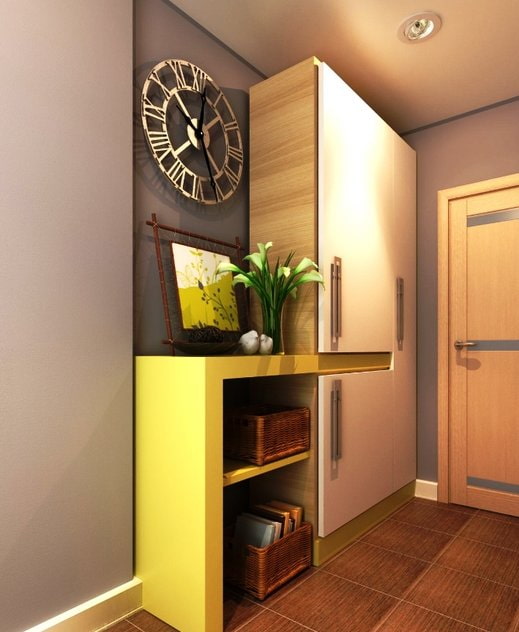
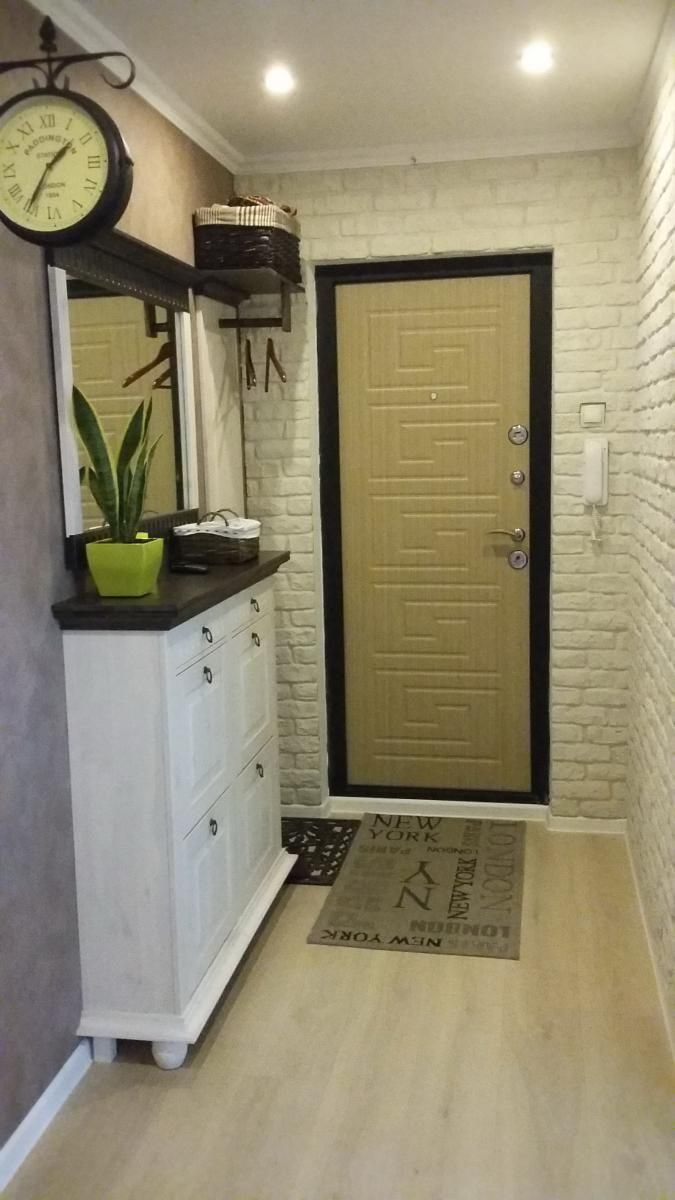
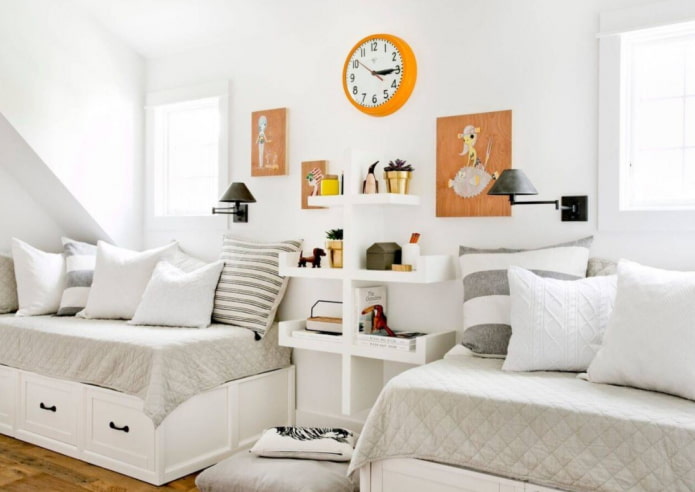

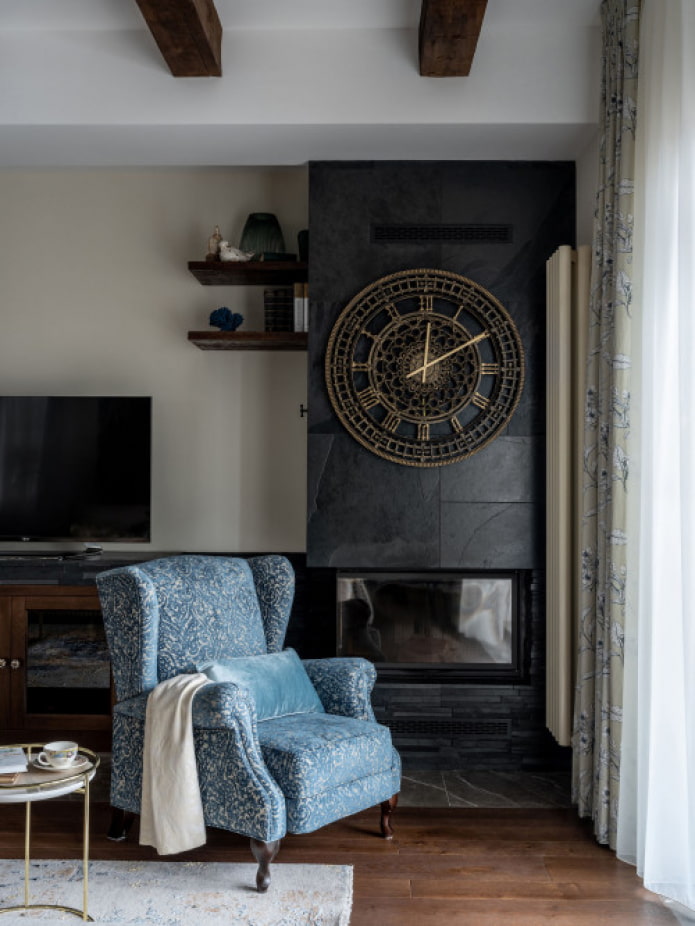
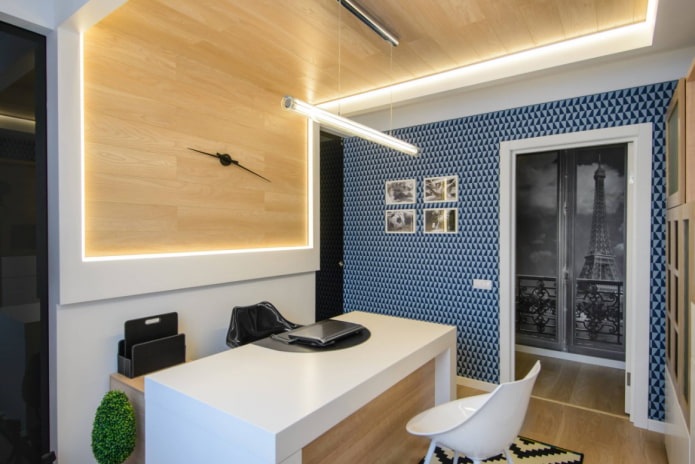
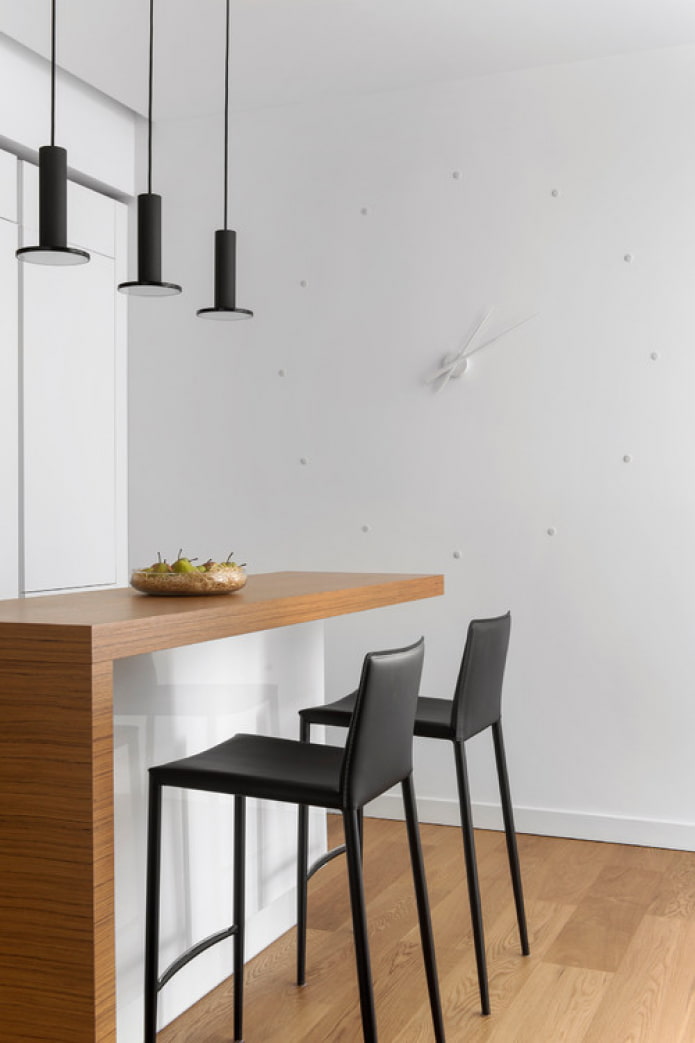
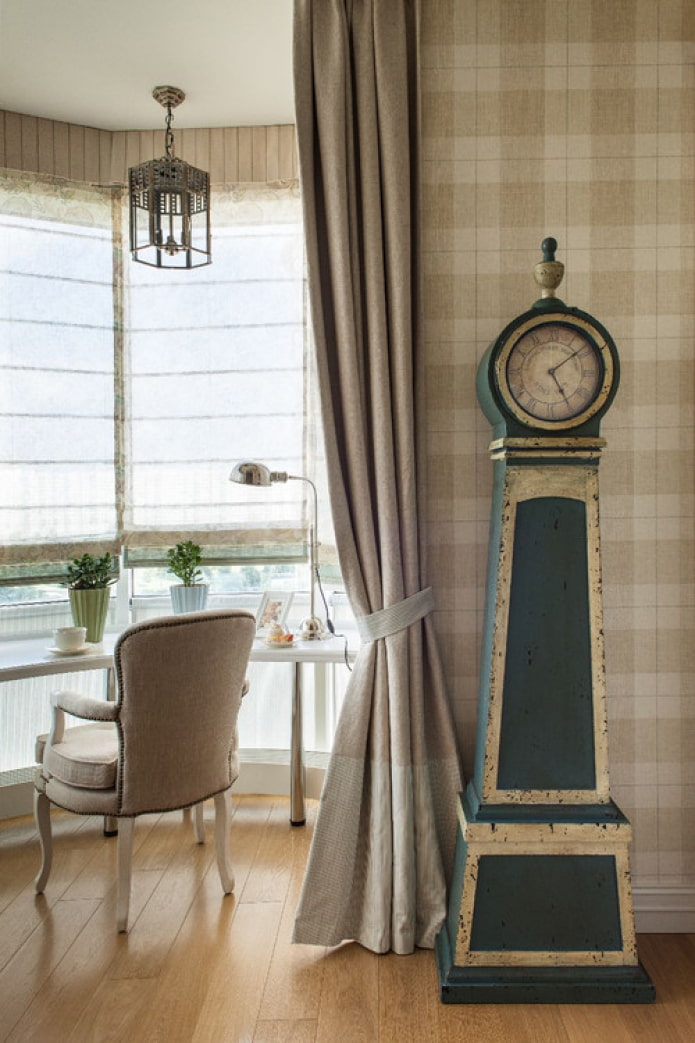
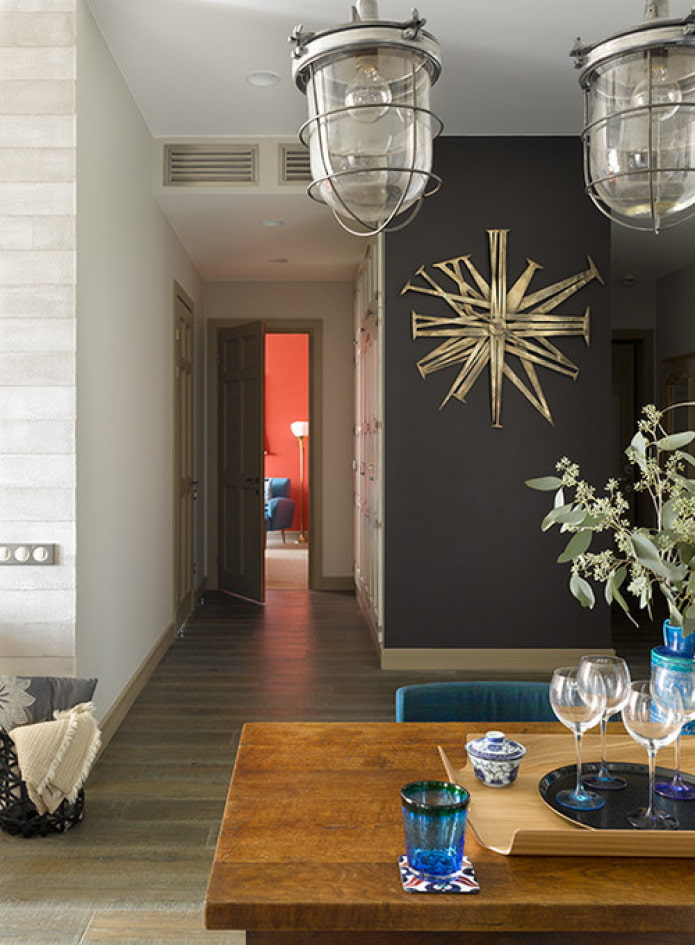
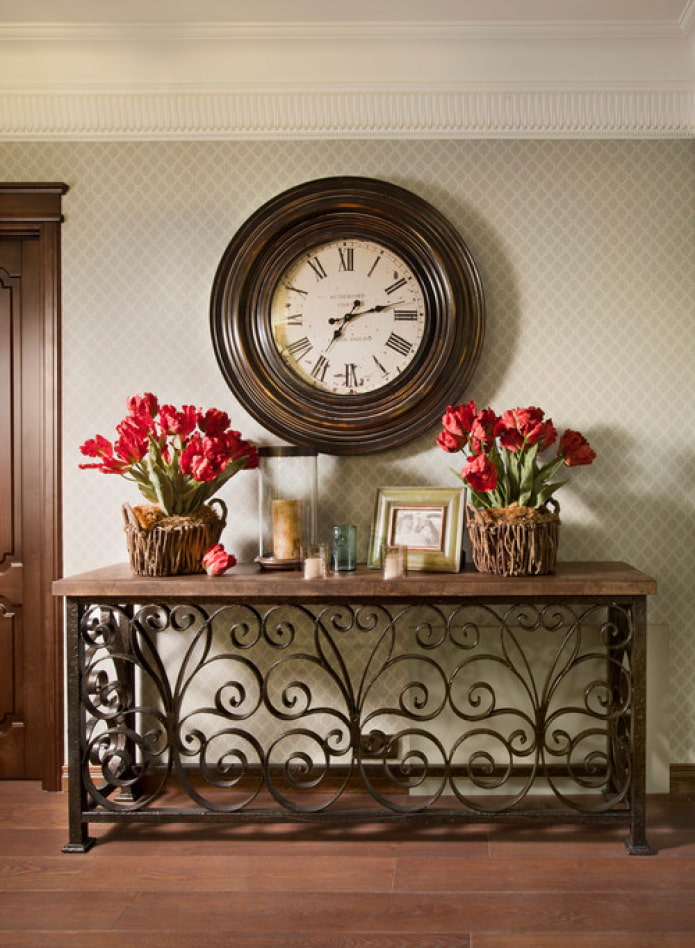

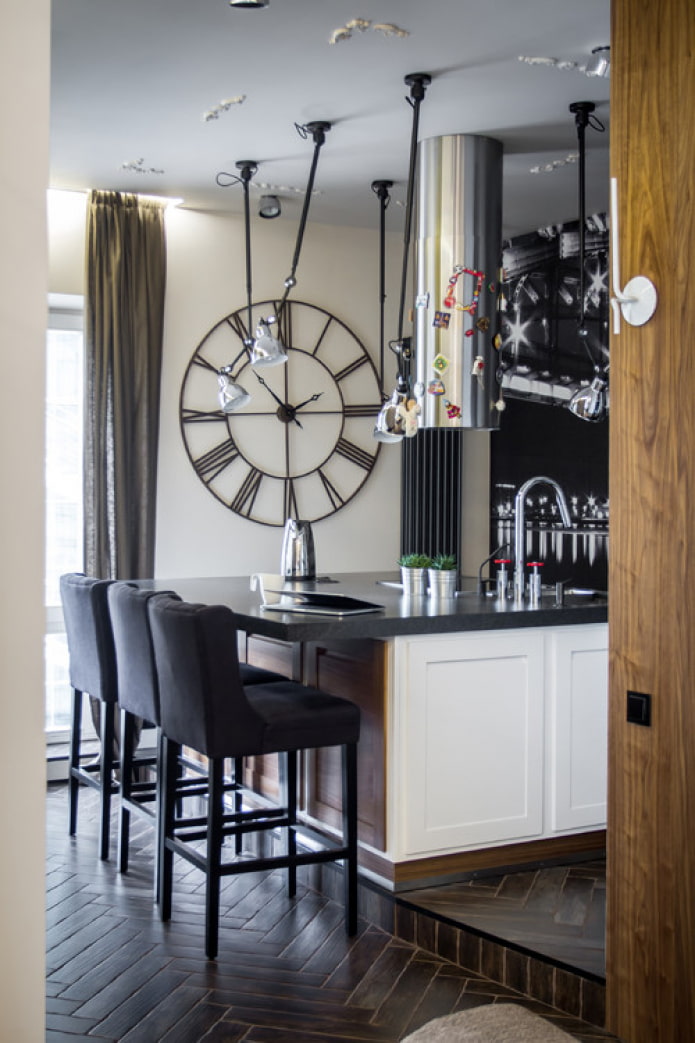
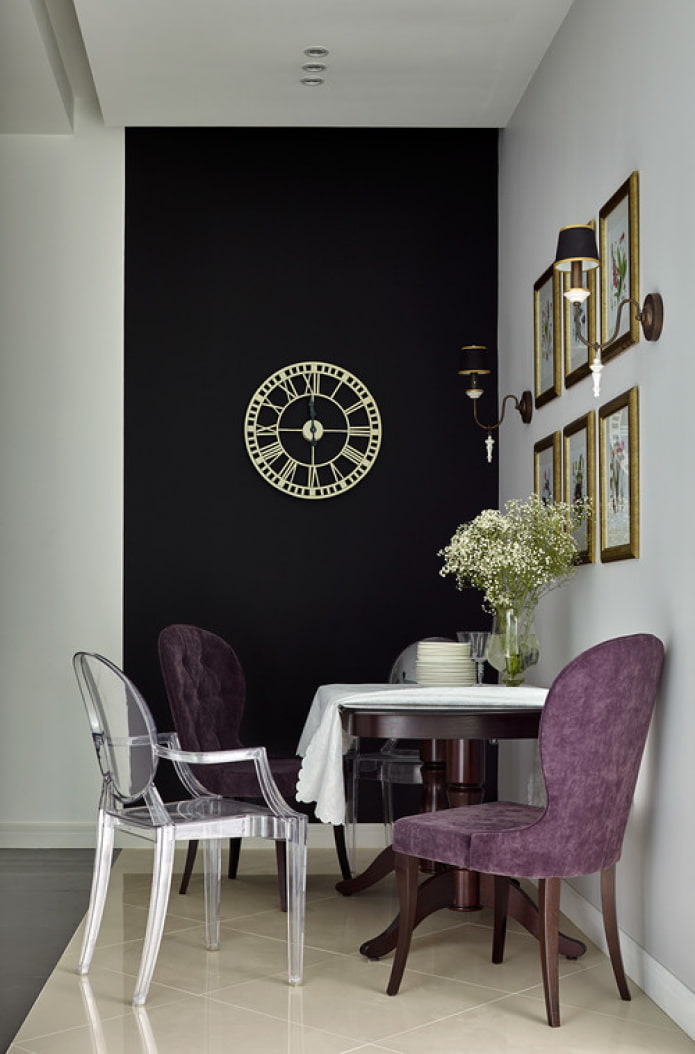
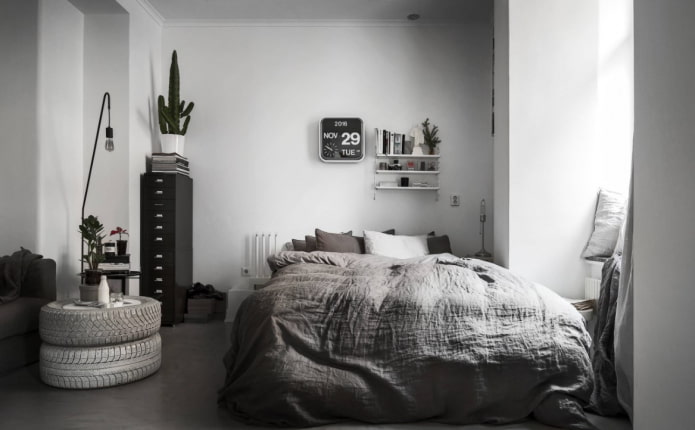
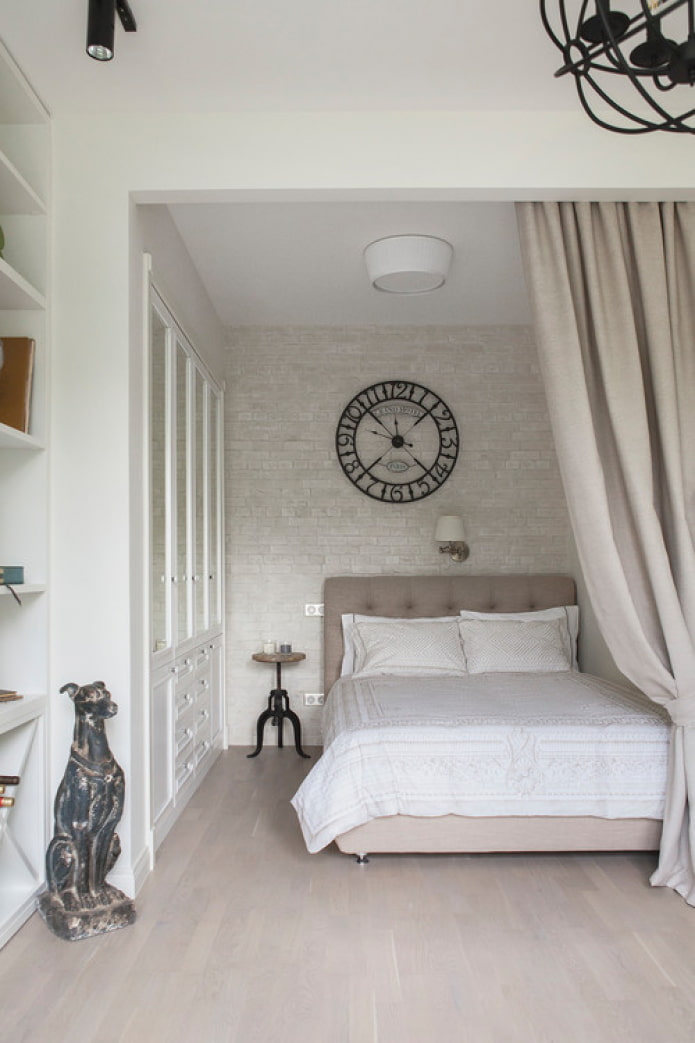
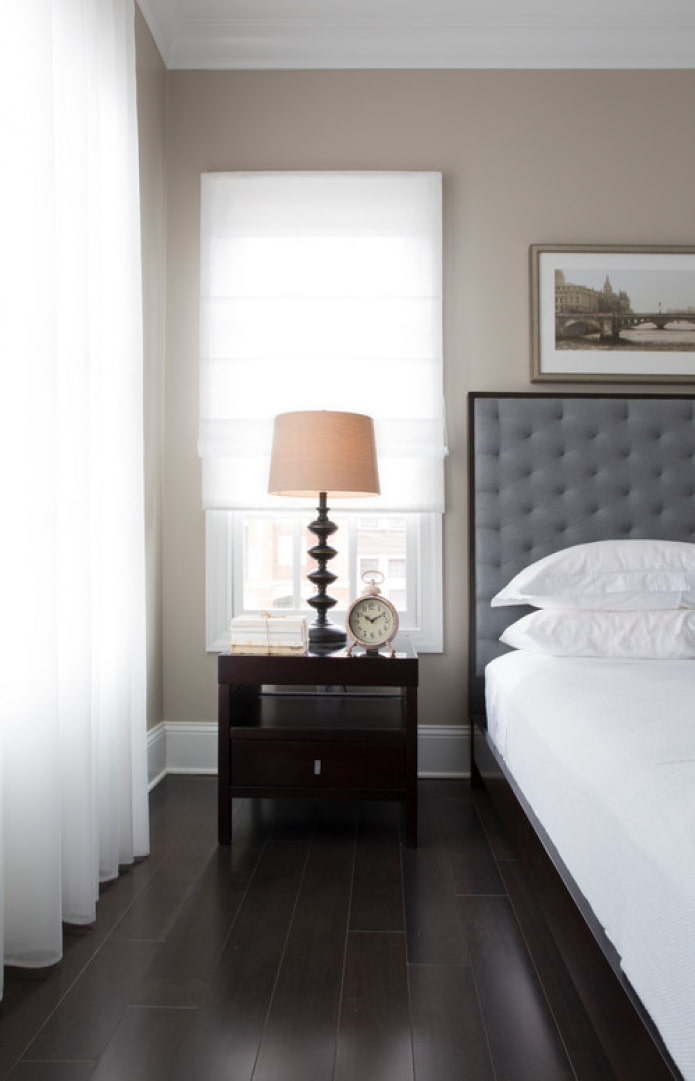
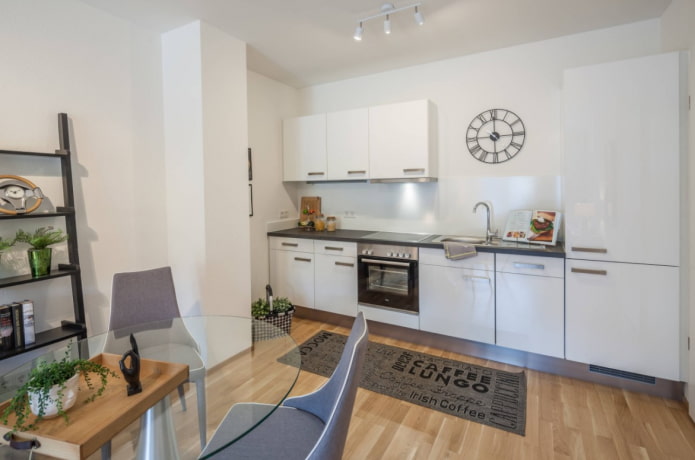


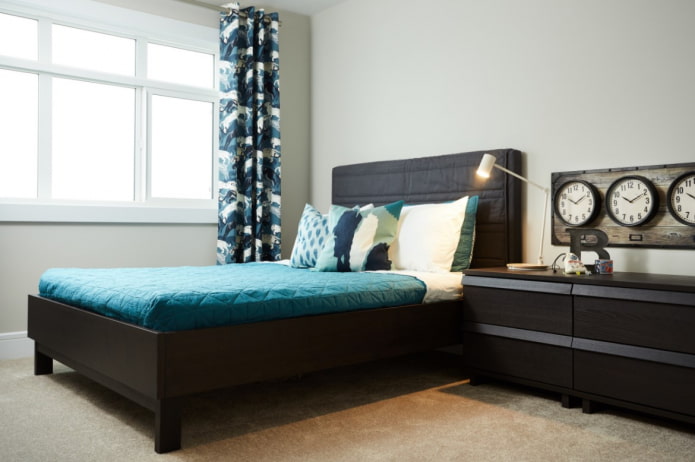
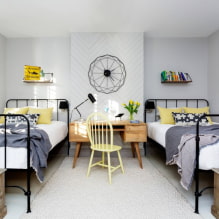



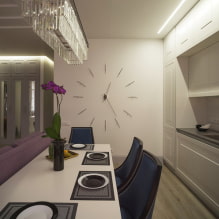
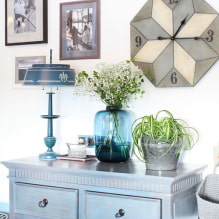
 13 bad habits a good housewife shouldn't have
13 bad habits a good housewife shouldn't have 24/7 home cleanliness - 4 secrets for the perfect housewife
24/7 home cleanliness - 4 secrets for the perfect housewife 6 hotels in Sochi that will give odds to the promoted foreign hotels
6 hotels in Sochi that will give odds to the promoted foreign hotels Top 10 interior design trends 2020
Top 10 interior design trends 2020 Rating of cheap TVs with Smart-TV
Rating of cheap TVs with Smart-TV New Year's LED garlands on AliExpress - we disassemble while it's hot, so that it's bright at home
New Year's LED garlands on AliExpress - we disassemble while it's hot, so that it's bright at home